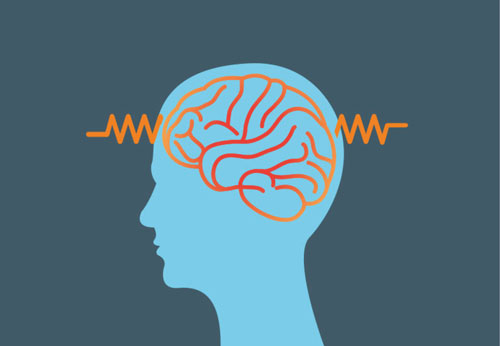IN today’s edition of Medical Myths, we will inspect and overturn 13 misunderstandings associated with epilepsy. Among other questions, we ask whether epilepsy is contagious, whether seizures hurt, and what treatment is available.
In our Medical Myths series, we approach medical misinformation head on. Using expert insight and peer reviewed research to wrestle fact from fiction, MNT brings clarity to the myth riddled world of health journalism.
According to the Centers for Disease Control and Prevention (CDC), epilepsy affects an estimated 1.2%Trusted Source of people in the United States. That equates to around 3.4 million people.
Globally, the World Health Organization (WHO)Trusted Source estimates that epilepsy affects around 50 million people. Of these, some 80% live in low- or middle-income countries.
The primary symptom for most people with epilepsy is seizures. These are surges of electrical activity in the brain. Where in the brain these seizures occur can alter how they affect the rest of the body.
Beyond managing seizures, people with epilepsy often have to deal with stigma. As the authors of one study write:
“The stigmatizing nature of epilepsy and its associated psychological distress have been reported to have a significant impact on the quality of life of individuals with epilepsy.”
One way of reducing stigma is to arm people with the facts about epilepsy. Below, we tackle 13 epilepsy myths. To help us, we have recruited the insight of Dr. Clifford Segil, a neurologist at Providence Saint John’s Health Center in Santa Monica, CA.
Although epilepsy is probably the most well-known seizure condition, it is not the only one. Epilepsy is caused by abnormal electrical activity in the brain, whereas other conditions may have different mechanisms.
For instance, low blood sugar or problems with the way the heart functions can cause non-epileptic seizures.
The most common form of non-epileptic seizures is dissociative seizures, or psychogenic non-epileptic seizures (PNES).










